Meet the Beetles: Stunning Museum Specimens from London
Eudicella
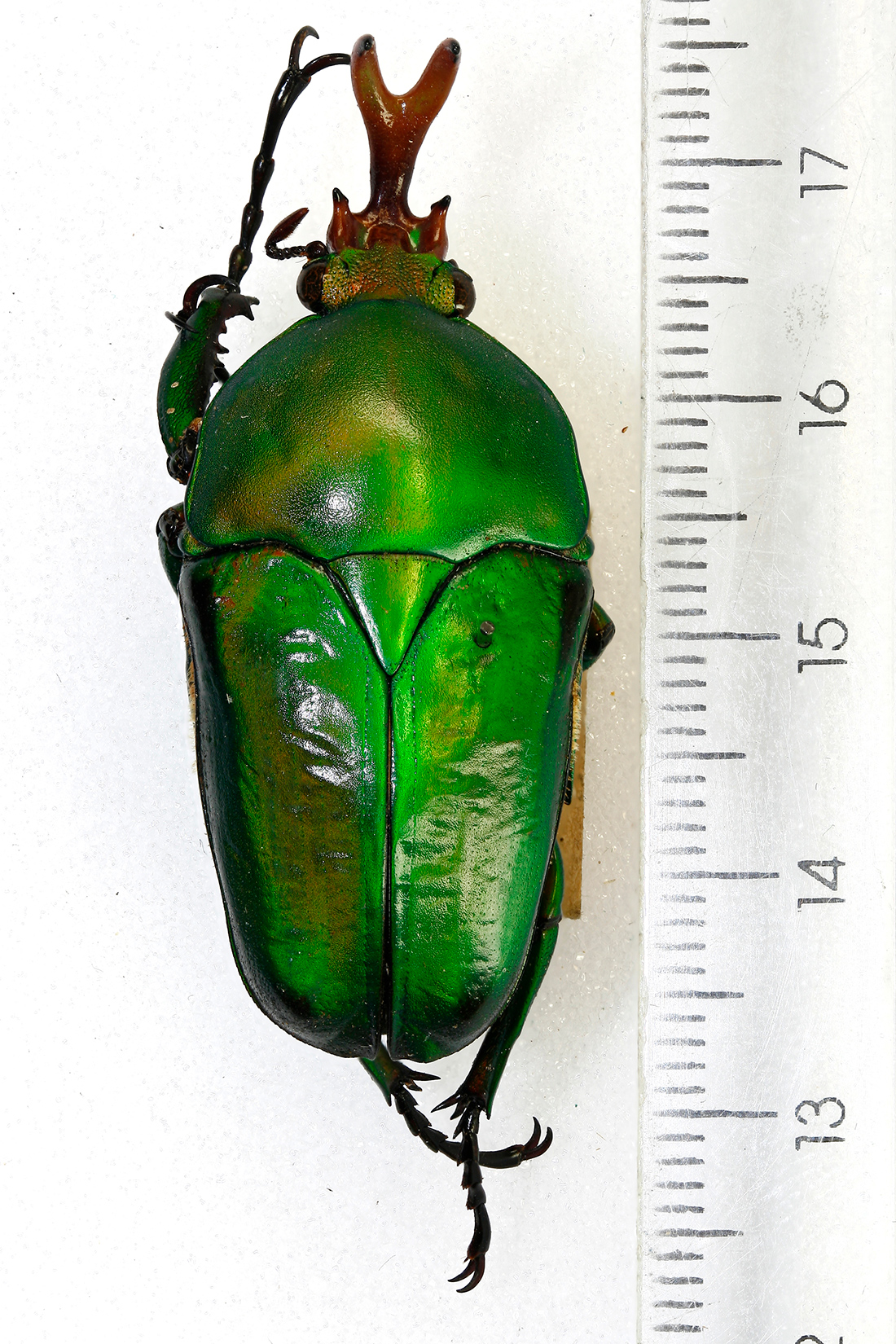
Eudicella, a genus in the scarab beetle family, is part of a group known as flower beetles. This specimen was collected in what used to be known as the Gold Coast region of West Africa.
Neospades cruciatus
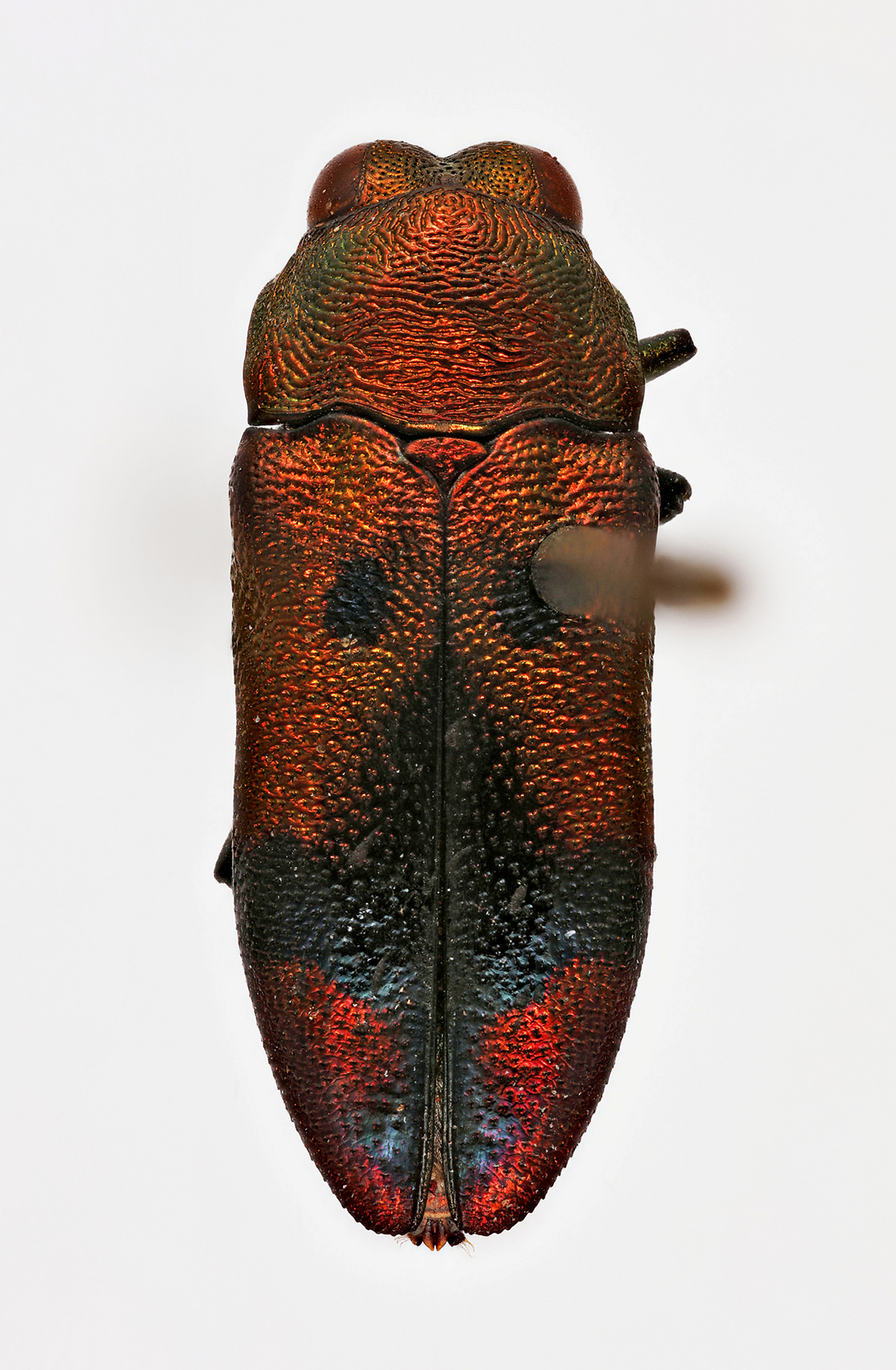
This Australian beetle species was described by the Danish zoologist Johan Christian Fabricius in 1775, and was named Buprestis cruciata, but it is currently known as Neospades cruciatus in the Buprestidae family of metallic, wood-boring beetles.
This specimen is a holotype — a single specimen forming the basis for a species name Natural History Museum's historical Sir Joseph Banks entomological collection. This 300-year-old collection includes approximately 4,000 insects, among which are butterflies, flies, bugs, beetles and moths.
Unidentified Bolivian Cerambycidae
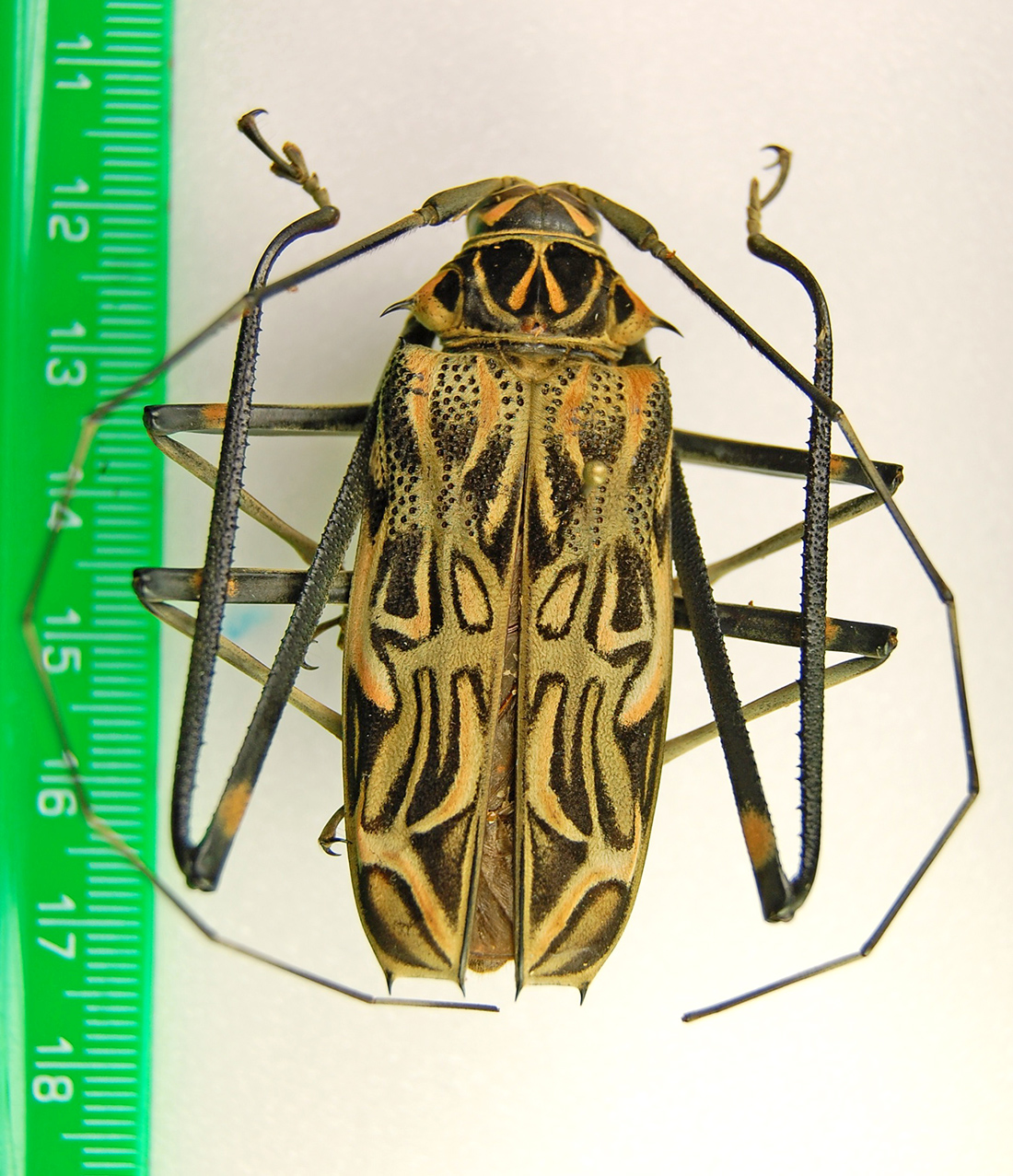
This unidentified species belongs to the beetle family Cerambycidae, also commonly known as longhorns, longicorns, capricorns, round-headed borers, timber beetles and sawyer beetles, according to the insect identification website Bug Guide.
It was collected in 2004 by British entomologist Max Barclay, curator and collections manager of Coleoptera and Hemiptera at the Natural History Museum in London. Barclay found the specimen in Bolivia, in Amboro National Park, at an elevation of around 3,281 feet (1,000 meters).
Neptunides polychrous marginipennis
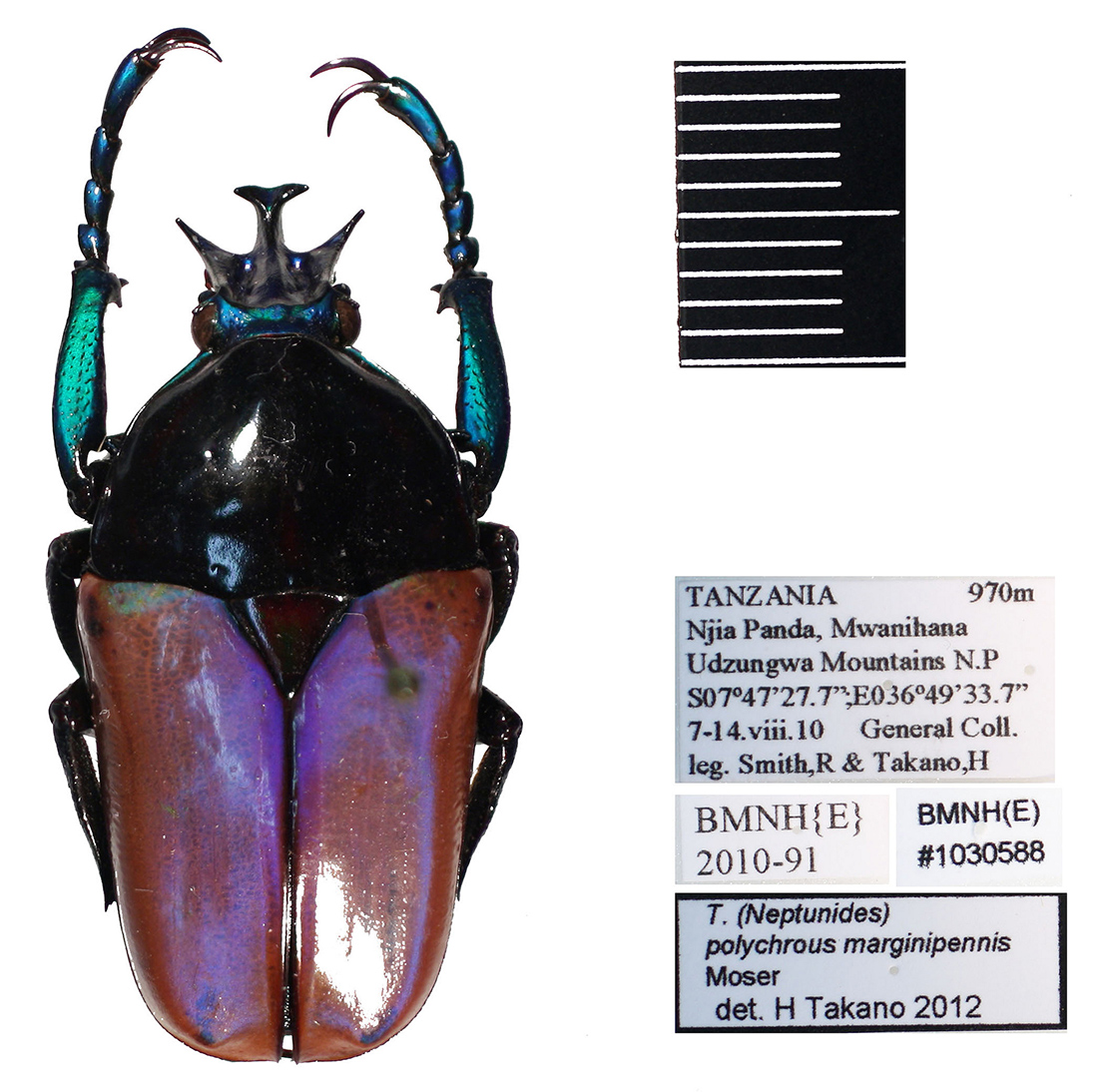
Neptunides polychrous marginipennis is a flower beetle — a colorful flower-feeding group within the scarab beetle family — that is distributed across eastern Africa. This individual originated in Tanzania, in the Udzungwa Mountains, and the species was described in 1904 by Austrian entomologist Josef Moser.
Oxysternon conspicillatum
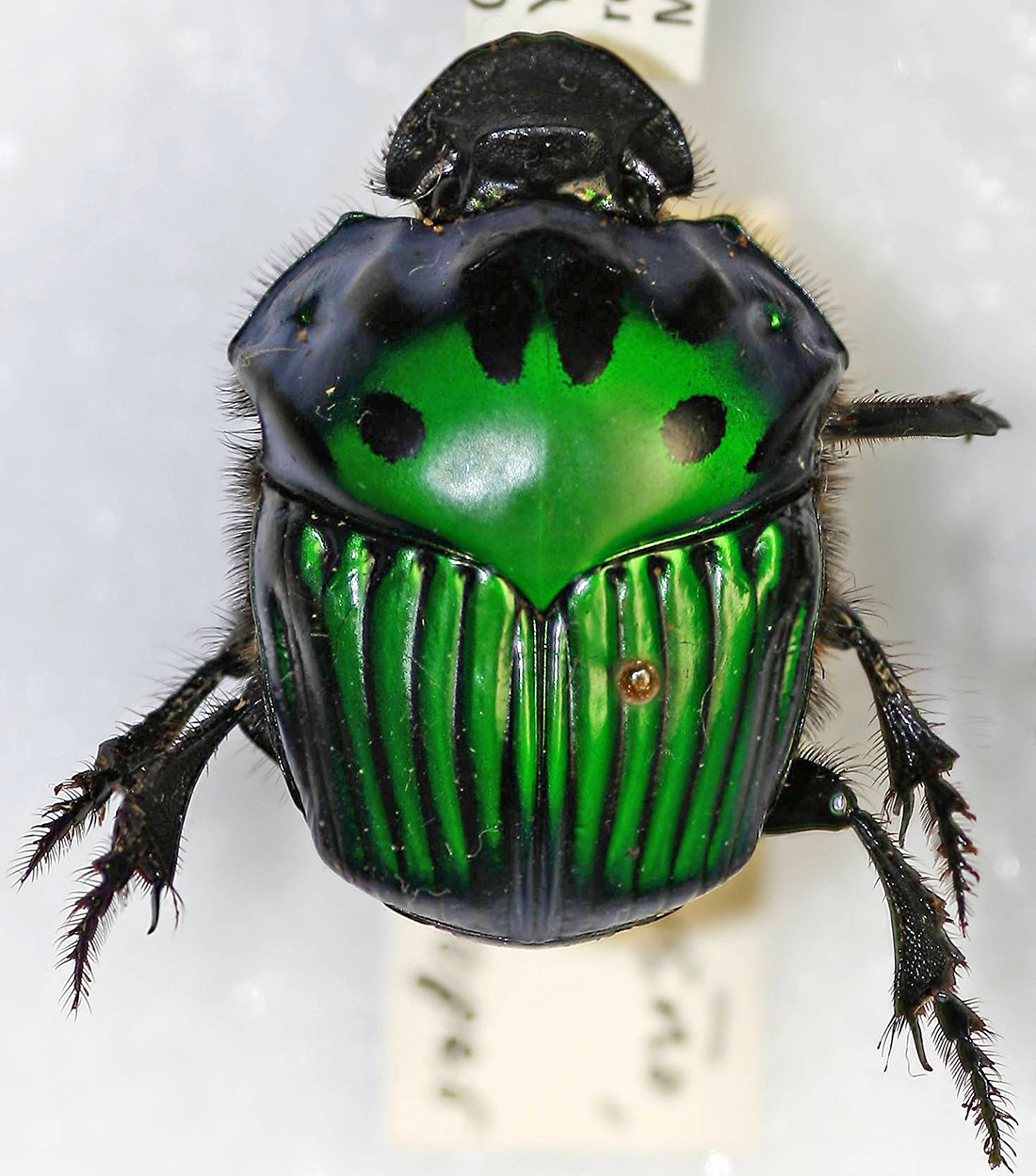
Beetles in the Oxysternon genus, which contains around 11 species, are typically green and very shiny. The neotropical species Oxysternon conspicillatum was described in 1804 by the German entomologist Friedrich Weber, and is found in Venezuela, Peru, Ecuador, Brazil, Bolivia, Colombia and Panama.
Sign up for the Live Science daily newsletter now
Get the world’s most fascinating discoveries delivered straight to your inbox.
Pseudotorynorrhina fortunei
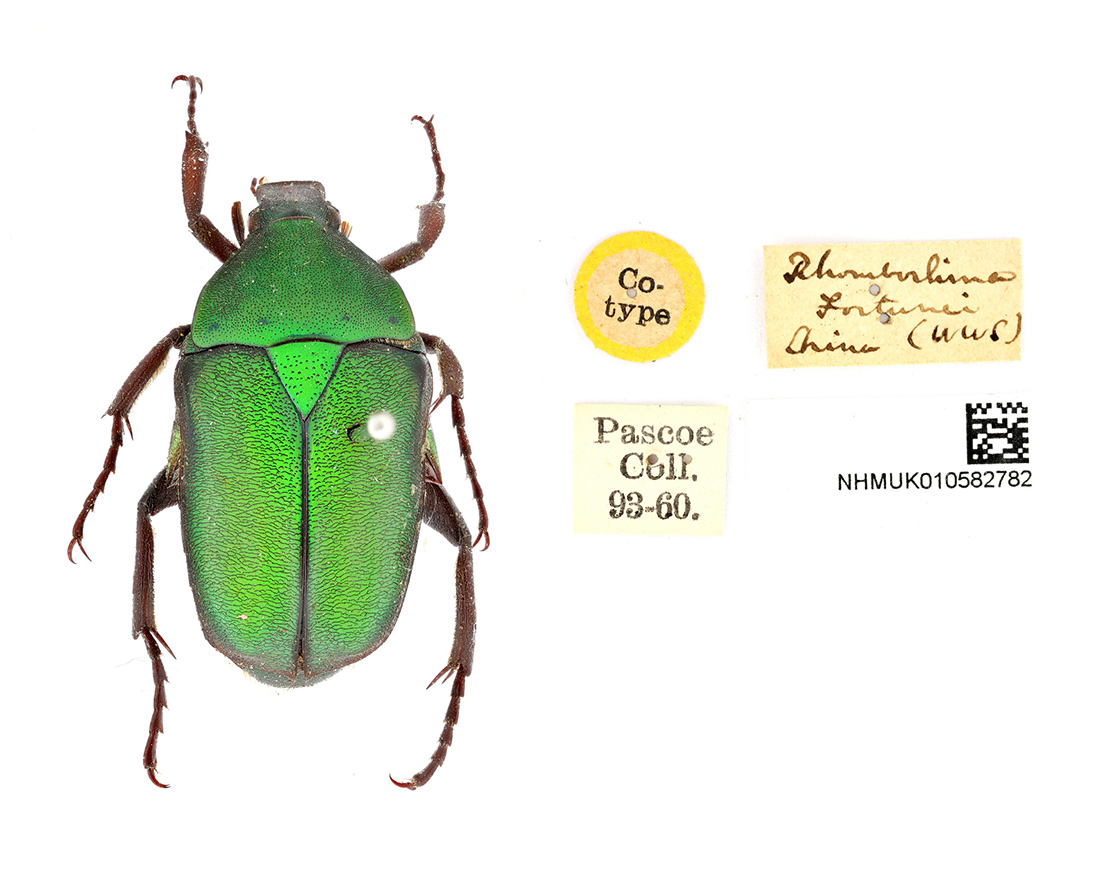
The beetle species Pseudotorynorrhina fortunei is a type of scarab beetle found in Vietnam. It is in the subfamily Cetoniinae, also known as fruit and flower chafers, according to the insect identifying website Bug Guide.
English entomologist Edward Saunders described the species in 1852.
Taeniotes orbignyi
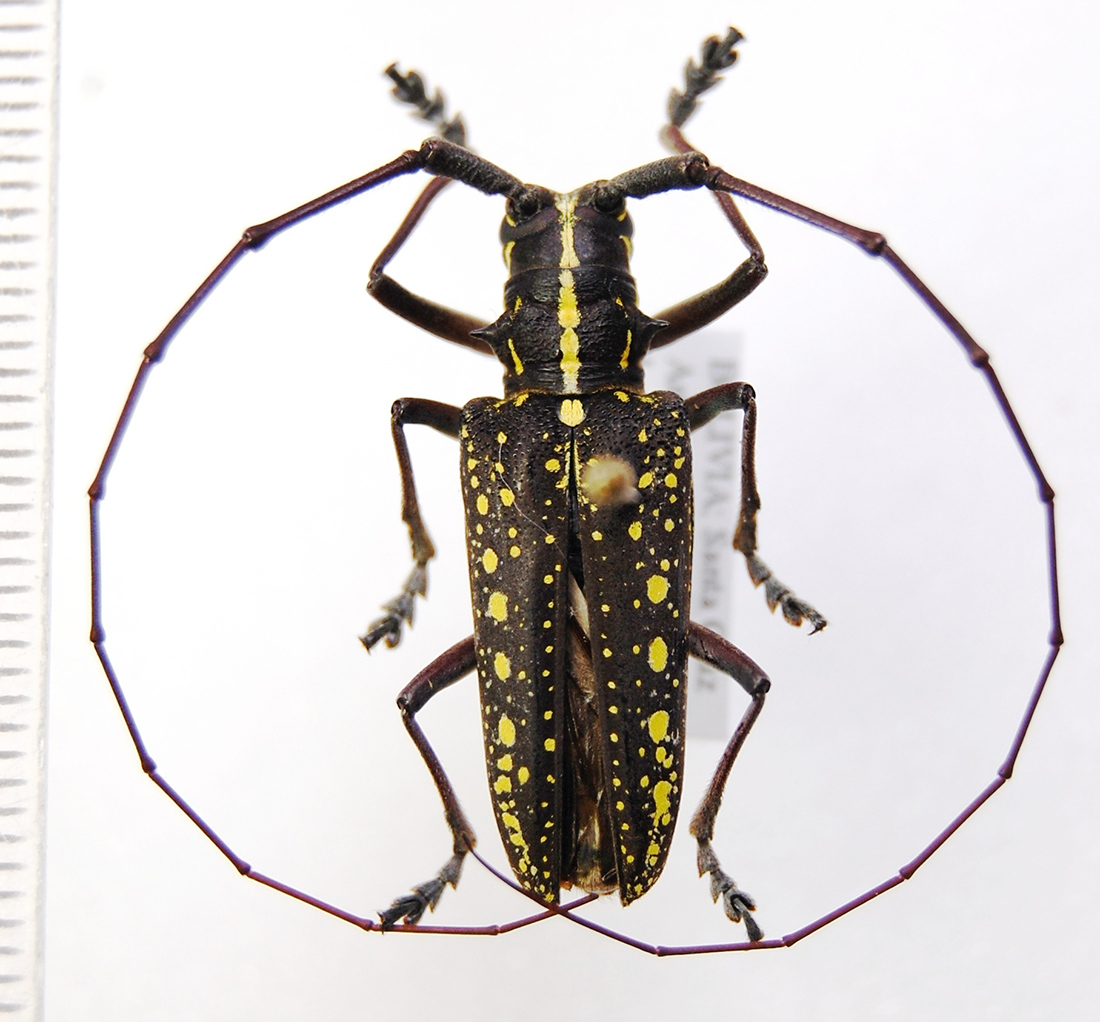
Described in 1844 by the French entomologist Félix Édouard Guérin-Méneville, Taeniotes orbignyi belongs to a genus of longhorn beetles. This individual was collected in 2004 by British entomologist Max Barclay, curator and collections manager of Coleoptera and Hemiptera at the Natural History Museum in London. Barclay found the specimen in Bolivia's Amboro National Park, at an elevation of 3,281 feet (1,000 meters).
Pterodunga mirabilis
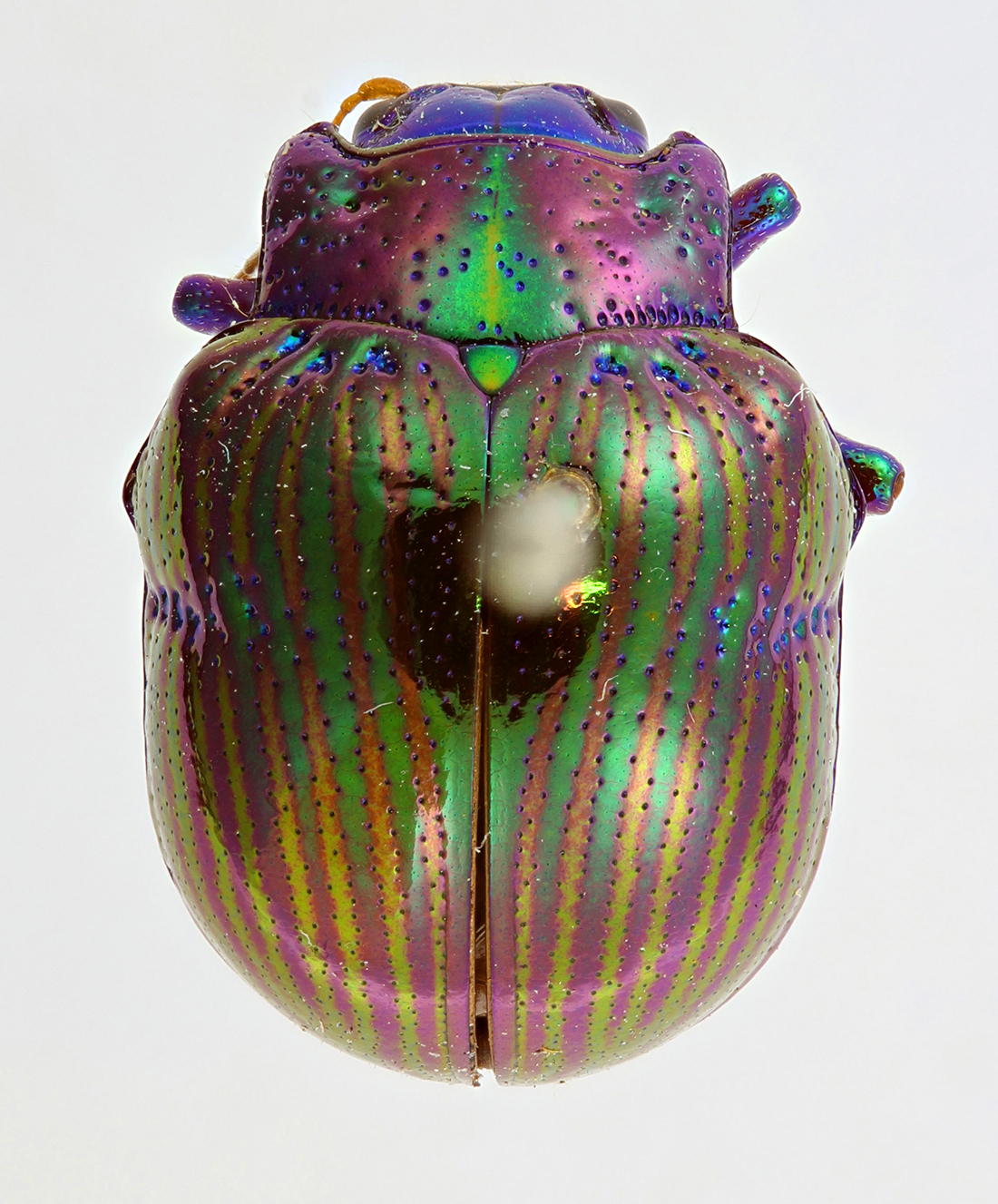
Colorful Pterodunga mirabilis was discovered in Queensland, Australia in 2000 by Italian entomologist Mauro Daccordi. It is a type of leaf beetle in the subfamily Chrysomelinae, which includes about 2,000 species distributed around the world.
Rhamphorrhina bertolonii
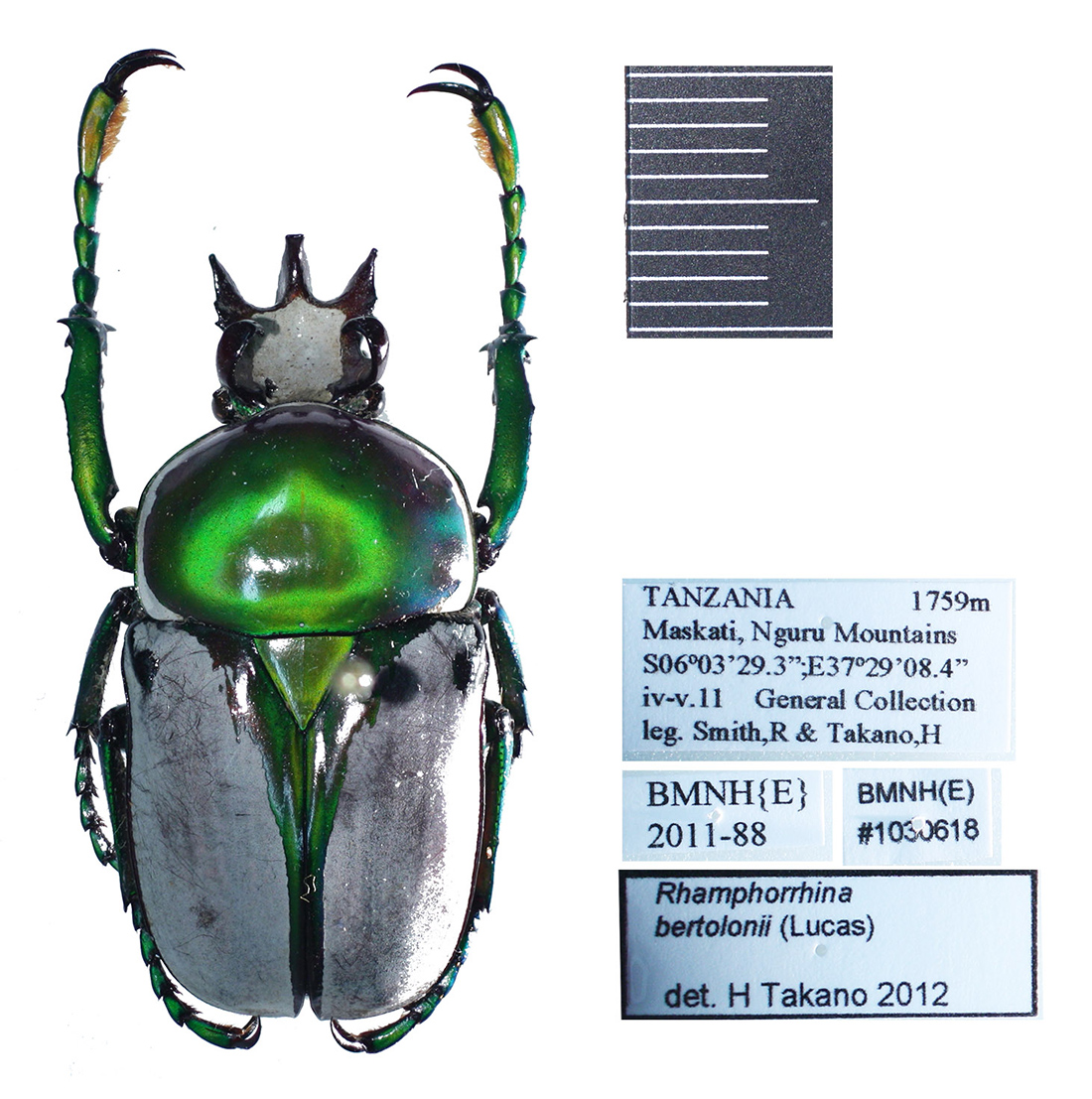
This Rhamphorrhina bertolonii specimen was collected in Tanzania's Nguru Mountains. The species was described in 1879 by the English entomologist William John Lucas.
Scaphidomorphus bosci
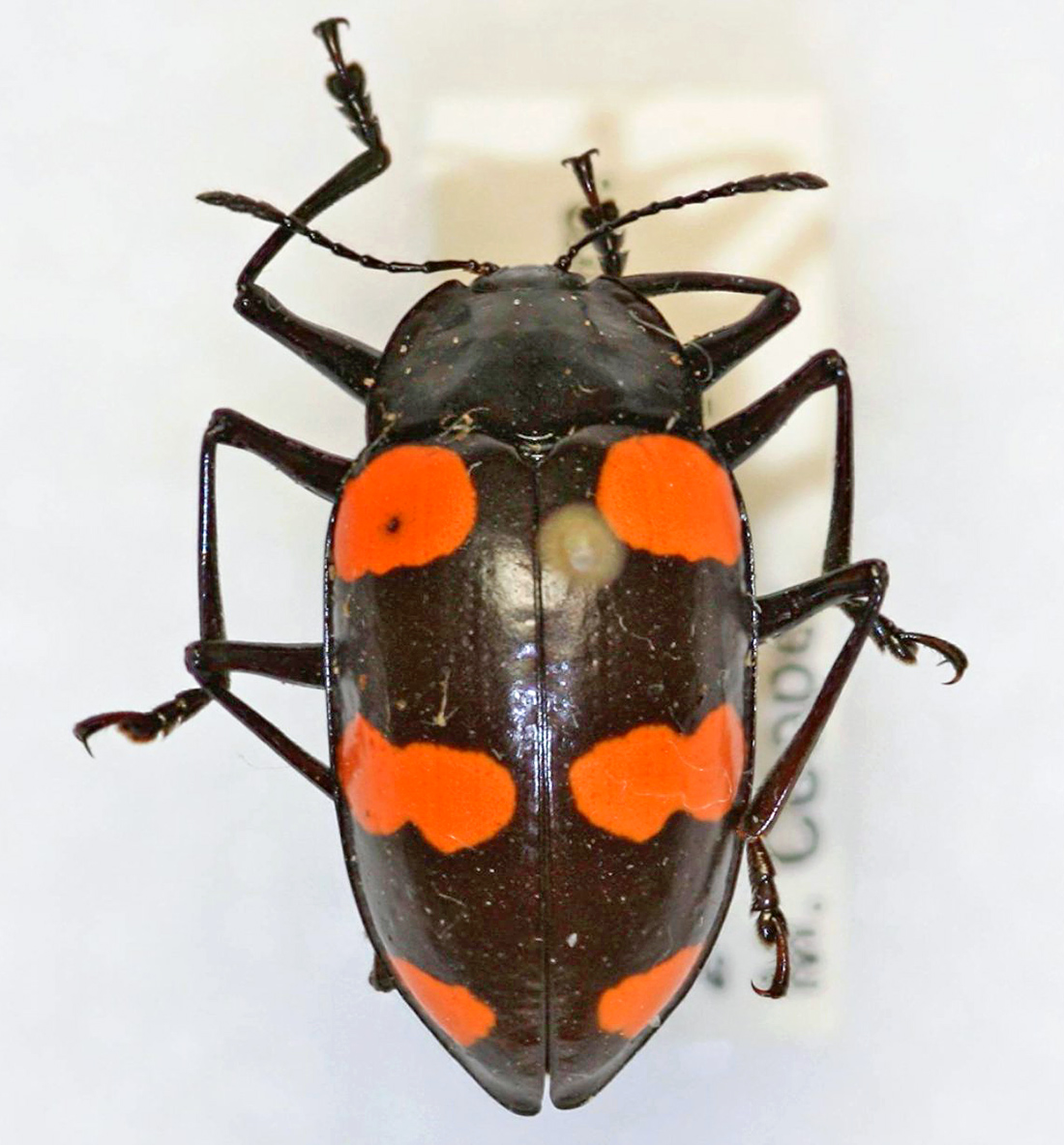
Scaphidomorphus bosci belongs to the beetle family Erotylidae, also known as pleasing fungus beetles. This specimen was collected in Bolivia, and the species was described in 1871 by the English entomologist Frederick William Hope.

Mindy Weisberger is an editor at Scholastic and a former Live Science channel editor and senior writer. She has reported on general science, covering climate change, paleontology, biology and space. Mindy studied film at Columbia University; prior to Live Science she produced, wrote and directed media for the American Museum of Natural History in New York City. Her videos about dinosaurs, astrophysics, biodiversity and evolution appear in museums and science centers worldwide, earning awards such as the CINE Golden Eagle and the Communicator Award of Excellence. Her writing has also appeared in Scientific American, The Washington Post and How It Works Magazine. Her book "Rise of the Zombie Bugs: The Surprising Science of Parasitic Mind Control" will be published in spring 2025 by Johns Hopkins University Press.










